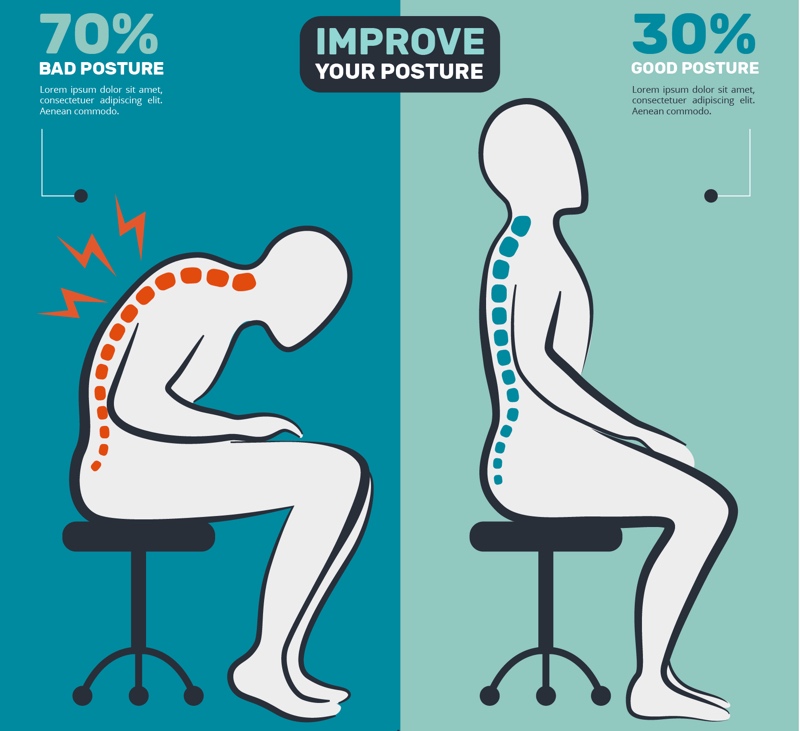The Interplay of Growth, Physical Activity, and Fitness on Postural Alignment: Implications for Health and Performance
The Interplay of Growth, Physical Activity, and Fitness on Postural Alignment: Implications for Health and Performance http://posturealignmenttherapy.com/wp-content/themes/corpus/images/empty/thumbnail.jpg 150 150 rejex https://secure.gravatar.com/avatar/f0962cc494f020b312e0933ea780e84683f386af6dfd3d3025f27718bccf2b43?s=96&d=mm&r=gDiscover Unforgettable Party Blocks
Explore our wide selection of pre-designed WordPress block patterns for creating stunning party-related content in minutes. Customizable and easy to use, make your website one that guests will never forget.

Posture, i.e. the alignment of the body, plays a decisive role in our general health and well-being. It not only affects our physical performance, but also our mental and emotional well-being. Good posture is often associated with confidence, energy and vitality, while poor posture can lead to pain, discomfort and reduced mobility.
The Complex Determinants of Postural Alignment
Understanding the factors that influence postural alignment is critical to developing strategies to promote good posture and prevent postural misalignment. Research has identified several key factors, including growth patterns, physical activity and physical fitness.
Growth and Postural Development
Human growth is a complex process characterized by phases of rapid change and asymmetry. In the course of growth, a child’s body undergoes considerable changes and the alignment of posture can change accordingly. This asymmetry can lead to imbalances and poor posture, which are often temporary and self-correcting. However, certain factors such as a sedentary lifestyle, poor diet and lack of exercise can exacerbate these imbalances and lead to chronic postural problems.
The Protective Role of Physical Activity and Fitness
Regular physical activity and maintaining a good level of fitness can have a profound effect on postural conditions. Physical activity helps to strengthen muscles, improve flexibility and increase coordination, all of which contribute to maintaining good posture. Conversely, sedentary activities and lack of fitness can lead to muscle weakness, reduced flexibility and impaired coordination, which increases the risk of poor posture.
Posture and Athletic Performance
In sport, correct posture plays a decisive role in performance and injury prevention. Athletes with good posture can perform their movements more efficiently and powerfully, while athletes with poor posture may perform less well and have a higher risk of injury. Postural asymmetries in particular can disrupt balance, coordination and biomechanics, making athletes more susceptible to strains, sprains and other musculoskeletal problems.
The Aging Factor: Postural Changes and Implications
As we age, our posture continues to change due to factors such as reduced muscle mass, decreased flexibility and altered balance control. These changes can lead to postural deviations such as slouched shoulders, a rounded back and a forward head posture. These postural abnormalities can impair mobility, increase the risk of falls and contribute to chronic pain and discomfort.
Bridging the Gaps: Future Research Directions
Despite the growing body of research on postural alignment, there are still some gaps in knowledge. Future studies should focus on examining the relationships between postural misalignment and a broader range of factors, including range of motion, endurance, agility, speed, balance, maturational status and growth spike. Investigating the role of proprioceptive feedback and neuromuscular control in postural stability and alignment would also provide valuable insights.
Conclusion: A Holistic Approach to Postural Health
Postural alignment is a complex and dynamic aspect of human health and performance that is influenced by a variety of factors. By gaining a deeper understanding of the determinants of postural alignment, we can develop more effective strategies to promote good posture, prevent postural misalignment and optimize overall health and well-being. This holistic approach requires a comprehensive understanding of the interplay between growth, physical activity, physical fitness and other contributing factors.
Sources: Published in the Journal of Ergonomics, 2020
The Postural Alignment Determinants: What is Known And Further Research
Pedro Forte, João P Gouveia, Eduarda Coelho
https://www.researchgate.net/publication/344191962_The_Postural_Alignment_Determinants_What_is_Known_And_Further_Research



